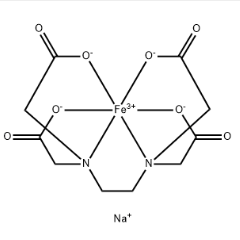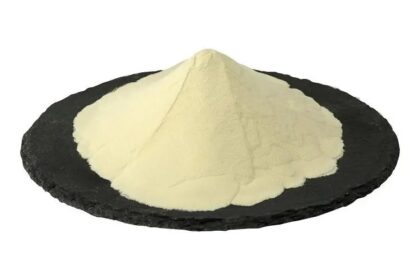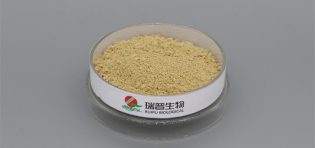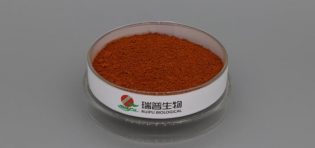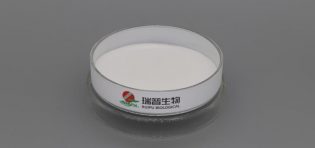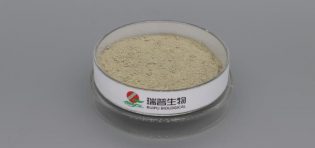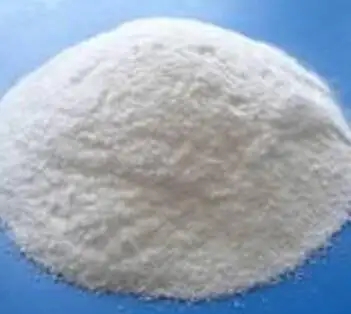
Calcium hydrogen phosphate is commonly used as an excipient in the pharmaceutical and food industries.Excipients are inactive substances added to a pharmaceutical formulation or food product to serve various purposes such as improving the stability, appearance, taste, or ease of administration.
Calcium hydrogen phosphate can act as a binder in tablet formulations.Binders are used to hold the active ingredients and other excipients together, helping to create a cohesive tablet structure.
Calcium hydrogen phosphate can serve as a filler or diluent in the formulation of tablets and capsules.It adds bulk to the formulation, helping to achieve the desired tablet size and facilitating the manufacturing process.
In some cases, calcium hydrogen phosphate can function as a disintegrant in tablet formulations.Disintegrants help tablets break apart into smaller particles when exposed to moisture, facilitating the release of the active ingredient for absorption.
Calcium hydrogen phosphate is known for its flow-enhancing properties, making it easier to handle and process during the manufacturing of pharmaceuticals and supplements.
In addition to its role as an excipient, calcium hydrogen phosphate provides a source of calcium, which is a vital mineral.This dual functionality can be particularly relevant in formulations where both calcium and phosphate are desired.
Calcium hydrogen phosphate can act as a buffering agent, helping to maintain the pH of a formulation within a specific range.This can be important for stability and bioavailability of certain drugs.
Different forms of calcium hydrogen phosphate exist, such as anhydrous and dihydrate, and their specific properties may influence their use in different formulations.Additionally, the choice of excipients in pharmaceuticals is subject to regulatory standards, and the specific requirements may vary depending on the region and intended use of the product.
When used as an excipient, calcium hydrogen phosphate should comply with pharmacopeial standards, such as those outlined in the United States Pharmacopeia (USP) or European Pharmacopoeia (Ph. Eur.), to ensure its quality and safety in pharmaceutical and food applications.


